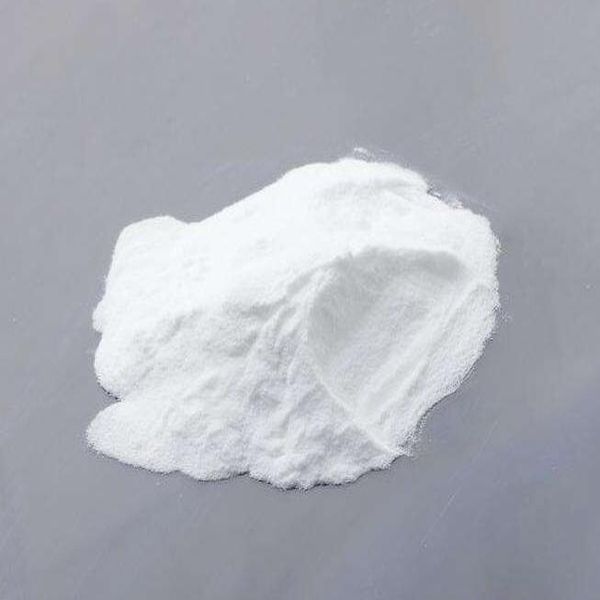Aspirin, also known as acetylsalicylic acid, is a non-steroidal anti-inflammatory drug that was first used to reduce inflammation and relieve pain. Later, scientists discovered that aspirin has the effect of preventing platelet aggregation and achieving anti-thrombosis. With the deepening of aspirin research, many new uses have been discovered. For example, aspirin can reduce the mortality of myocardial infarction and stroke, and it can also reduce the risk of colorectal cancer. It has an inhibitory effect on platelet aggregation and can prevent thrombosis. It is clinically used to prevent transient ischemic attacks, myocardial infarction, arterial thrombosis and atherosclerosis. In addition, it can also treat biliary ascariasis.
Note the use of products:
1. The effect is not strengthened when used with other non-steroidal anti-inflammatory analgesics, because this product can reduce the bioavailability of other non-steroidal anti-inflammatory drugs. In addition, gastrointestinal side effects (including ulcers and bleeding) are increased; in addition, due to the enhanced inhibition of platelet aggregation, it can also increase the risk of bleeding in other parts. Long-term use of this product with acetaminophen in large quantities may cause kidney disease including necrosis of the renal papillae, kidney cancer or bladder cancer.
2. When used with any medicine that can cause hypothrombinogenemia, thrombocytopenia, reduced platelet aggregation function or gastrointestinal ulcer bleeding, it may increase the risk of coagulation disorders and cause bleeding.
3. It can increase the risk of bleeding with anticoagulant drugs (dicoumarol, heparin, etc.) and thrombolytic drugs (streptokinase, urokinase).
4. Urine alkalization drugs (sodium bicarbonate, etc.) and antacids (long-term large-scale application) can increase the excretion of this product from the urine, so that the blood drug concentration decreases. But when the blood concentration of this product has reached a stable state and the basic drug is stopped, the blood concentration of this product can be increased to a toxic level. Carbonic anhydrase inhibitors can make urine alkaline, but can cause metabolic acidosis, not only can reduce the blood concentration, but also increase the amount of this product penetrated into the brain tissue, thereby increasing toxic reactions.
5. Uric acid medicine can reduce the excretion of this product and make its blood concentration rise. Patients whose blood concentration of this product has reached a stable state may increase the blood concentration of this product and increase the toxic reaction after adding uric acid.
6. Glucocorticoids (referred to as hormones) can increase the excretion of salicylates. In order to maintain the blood concentration of this product during the same use, the dosage of this product should be increased if necessary. This product is used with hormones for a long time. Especially when used in large amounts, it increases the risk of gastrointestinal ulcers and bleeding. For this reason, it is currently not clinically advisable to apply these two drugs simultaneously.
7. The hypoglycemic effect of insulin or oral hypoglycemic drugs can be strengthened and accelerated by the same use as this product.
8. When used with methotrexate (MTX), it can reduce the combination of methotrexate and protein, reduce its excretion from the kidneys, increase the concentration of blood drugs and increase toxic reactions.
9. The uric acid effect of probenecid or sulfinpyrazone can be reduced by the simultaneous application of this product; when the blood concentration of salicylate is 50μg / ml, it will be significantly reduced,> 100 ~ 150μg / ml Even worse. In addition, probenecid can reduce the clearance rate of salicylates from the kidneys, thereby increasing the blood concentration of the latter.
Post time: May-07-2020
